Picture Books that Teach us to Value Nature
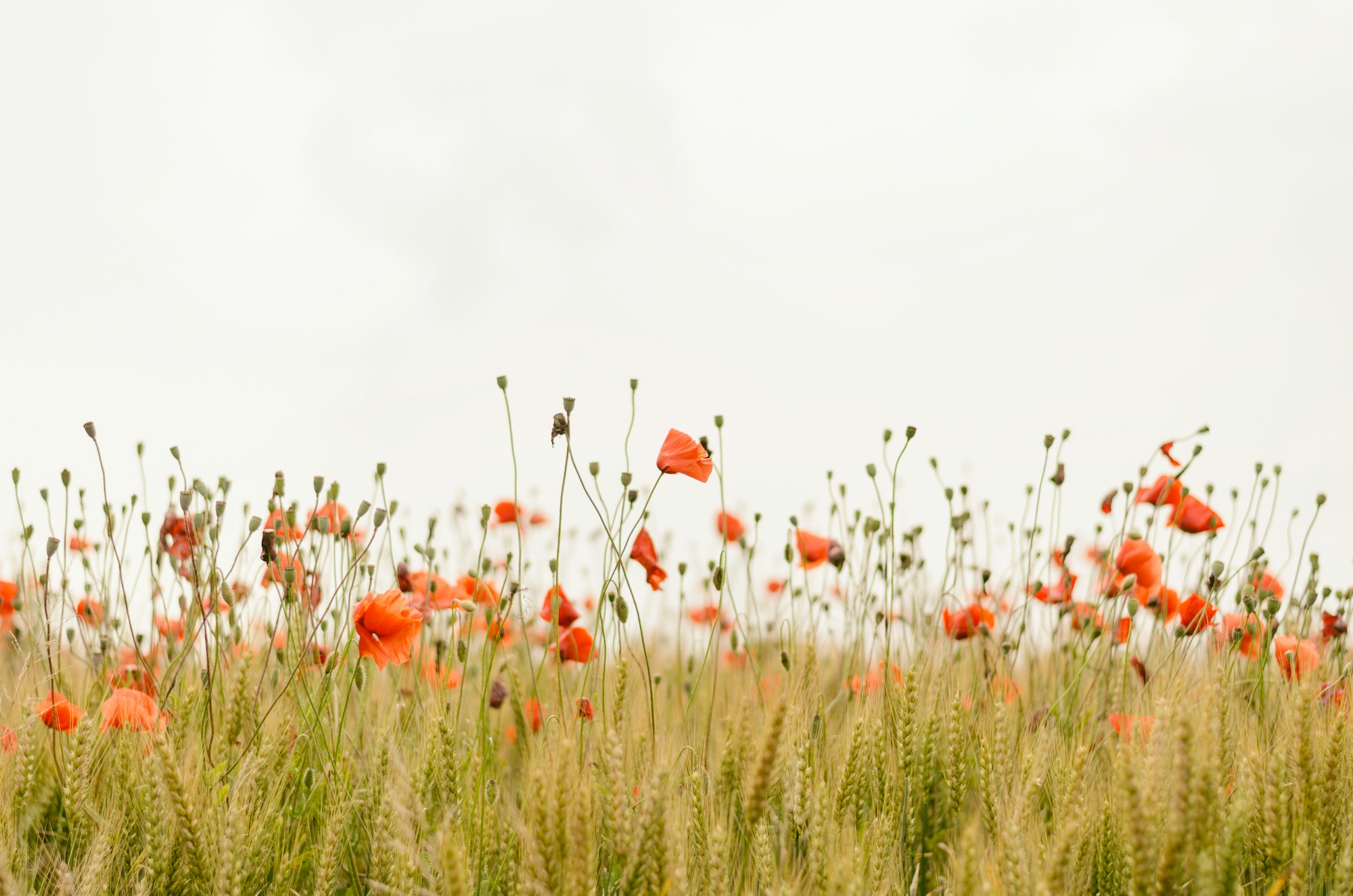
I have been struggling lately with when to start teaching my young kids about the ecological crises facing our planet. My son is a curious four year old and is starting to ask questions about conversations he overhears. While we try to answer him in age appropriate ways, it can be hard to know how much to explain. I want him to value the natural world and understand the importance of protecting it, but I don't want to overwhelm him either. To help, I have turned to picture books that promote an appreciation of nature. Fostering connections to the environment provides a solid foundation for greater environmental awareness and action as children grow older. Here are some recommendations of picture books that can be used with young children and also as read aloud texts to prompt conversation with older kids.
Stories that teach us to value nature
In order to value our natural world and work to protect it, children need to be taught an appreciation of nature. Richard Louv argues in his book Last Child in the Woods that children today suffer from Nature Deficit Disorder, having lost connection with their natural world. He recommends that children increasingly spend time outdoors exploring their natural environment. Getting outside can help kids become more connected with nature, a crucial first step towards working to protect the environment. Pairing outdoor experiences with stories about nature can further support this goal, particularly when the stories feature ecosystems that aren't in our own backyards.
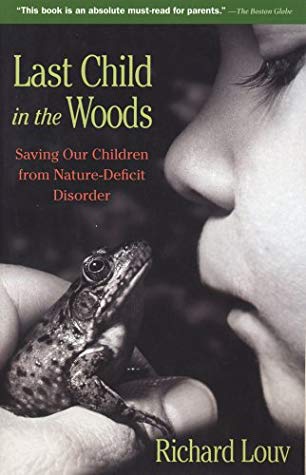
There are many books that can help children better appreciate the biodiversity of our planet. I particularly like the One Day on Our Blue Planet series by Ella Bailey. Each book focuses on a day in the life of a young animal, such as an Adélie penguin chick in the Antarctic or a dolphin calf in the Pacific Ocean. Notably the inside covers contain labeled pictures of the animal species of each ecosystem, effectively illustrating the biodiversity of the animal's habitat.
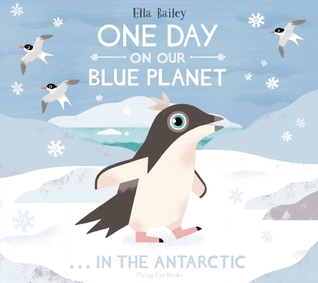
Another title Hello Hello, by Brenden Wenzel, demonstrates the wide variety of animal life on our planet through vibrant illustrations. The author ends the text with an important message about conservation and a list of the animals found throughout the book, along with notes on endangered and threatened species. This book can be used to start a conversation about the beauty of our world and the importance of protecting species under threat.
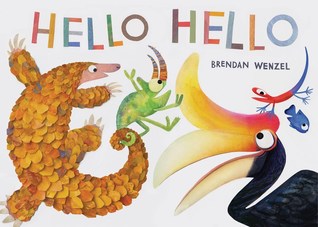
The Hike, by Alison Farrell, also helps children appreciate the biodiversity of our planet by focusing on the plants and animals in a forest ecosystem. The story follows three friends who are hiking to the summit of the mountain. Plants and animals are labelled and a character's sketchbook offers valuable insights into the wonders of the natural world around them.
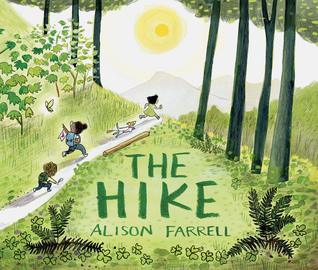
Place-Based Stories
Another important way to promote an appreciation of nature is through stories that connect us to natural places. Books like Julie Flett's Wild Berries, A Walk on the Tundra, by Rebecca Hainnu and Anna Ziegler, or Stand Like a Cedar, by Nicola I. Campbell and Carrielynn Victor, can be used to help kids talk about natural places that are important to them and their families. Wild Berries is about a boy who goes picking wild berries in the forest with his grandmother. The illustrations and the story, which is written in both English and Cree, connect readers to the natural world by immersing us in a forest setting, which has special significance for the characters. Similarly, A Walk in the Tundra teaches readers about Arctic summers through the travels of a little girl and her grandmother. The girl learns about how important Arctic plants are to the Inuit, which can lead us to look at our own natural surroundings with different eyes. Stand Like a Cedar tells the story of an Indigenous child's journey into the wilderness in British Columbia. The book celebrates their family's connection to the land in a deeply beautiful way.
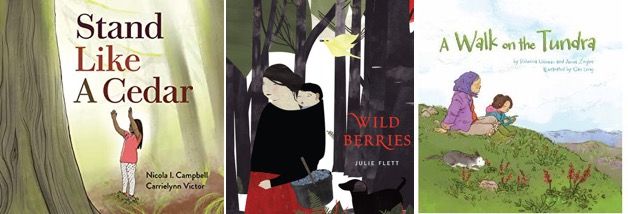
Similarly, A Stone Sat Still, by Brenden Wenzel, can start conversations about natural spaces that are important to us. The book demonstrates the different ways a stone is used by various animals. The story asks us to consider "Have you ever known such a place?" This question can prompt conversations about which natural spaces matter to us, along with insights about how natural spaces might be important in ways we have not considered.
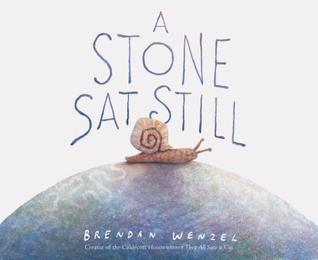
The Story of the Earth
While A Stone Sat Still focuses on what makes a particular place special, other books focus more broadly on the Earth itself. Here We Are: Notes for Living on Planet Earth, by Oliver Jeffers, offers a series of explanations about our planet. Although the story is being told to a baby in the book, the text and illustrations would be appealing to children of varying ages. Throughout the book, the author describes the wonders of the sea, sky, and land. While environmental themes are not as explicit as themes relating to kindness (which are important in their own right), the book can prompt conversation about how we interact with our planet.
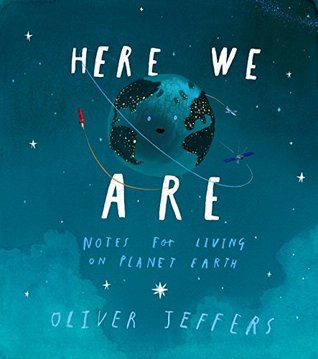
These types of stories offer an important starting point for talking to our children about the natural world. Initially, our conversations might center around how we feel connected to nature and why it is special for us. As kids grow older, our conversations can evolve and become more complex. Discussing threats to our environment, the losses we face and what we can do to protect spaces are logical next steps. But to successfully delve into these conversations, we need to start with a solid foundation of appreciating nature. Talking about how we value and appreciate our natural environment is a necessary first step towards eventually standing up against the environmental problems people have created.
Check out more book recommendations on environmental themes.
